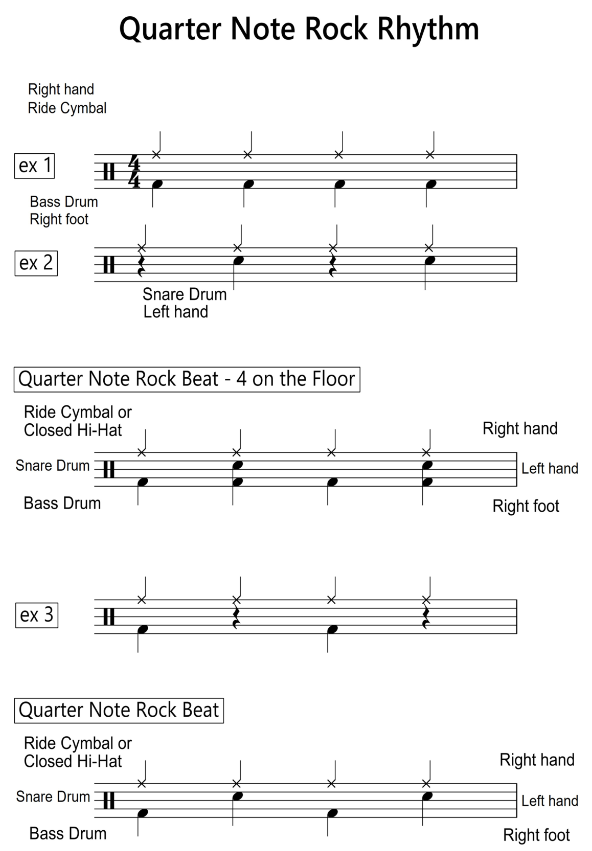

Between the first and second third from the butt (no tip end) pinch with your thumb and index finger to establish the fulcrum. To find the area of the drumstick to grip, it into thirds. 🔽 Are you maximizing results? FREE download. This drum technique requires drummers to have a proper grip and motion, so let’s get into the grip before we proceed with the rebound strokes. Rebound strokes occur when you let the stick bounce back up to the preparation position. The other is the controlled stroke, which we will get to later in this article. It’s one of two strokes that comprise all of the rudiments and possibilities with drum sticks. The rebound stroke is the first lesson that every great drummer has to master. Let’s get into the two basic drum techniques and the best ways for you to develop them. Everything else is a variation on those two drum techniques. You’re either controlling (stopping) the rebound or letting the stick rebound.

The nice thing is that it’s really simple if you follow the thought process in this guide. It’s something I’ve been thinking about almost daily for more than 20 years. Getting back to the basics is not a beginner activity.

It’s also ready to support intermediate and advanced players who want to improve their performance by continuing to improve their drum techniques and rudimentary development. This guide is designed to help beginners build a strong foundation. Without a strong commitment to developing technique and rudiments, leveling up your drumming won’t be possible.

It’s what you’ll rely on to articulate rudiments and express your musical ideas fluently. Great hands start with extraordinary attention to drum technique development. That inspiration fuels the daily practice routines, constant rhythmic and rudimentary studies, and takes us from one performance to the next. At one point, all drummers who aspire to be great watched their hero play in a way that they’ll never forget.


 0 kommentar(er)
0 kommentar(er)
